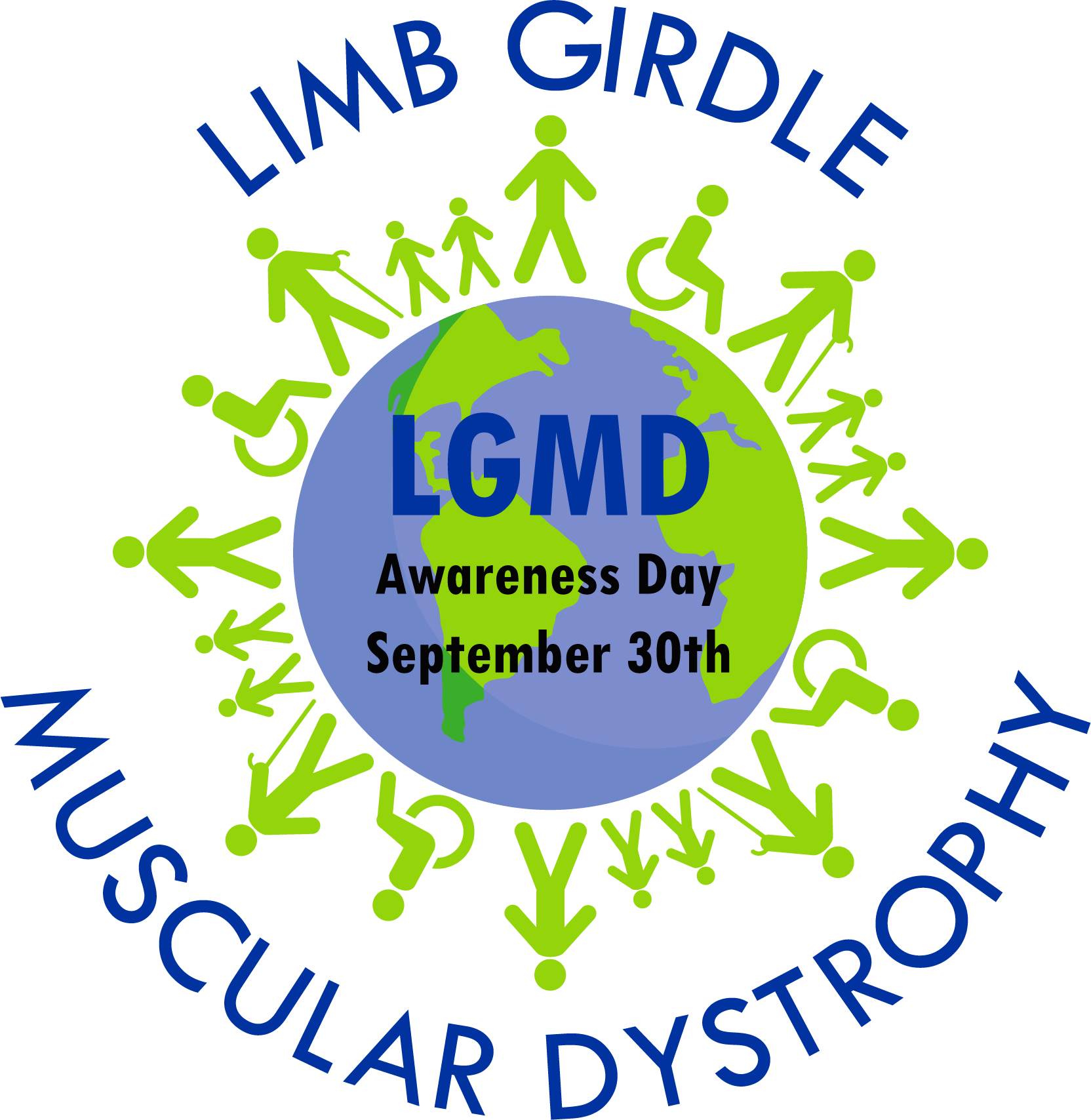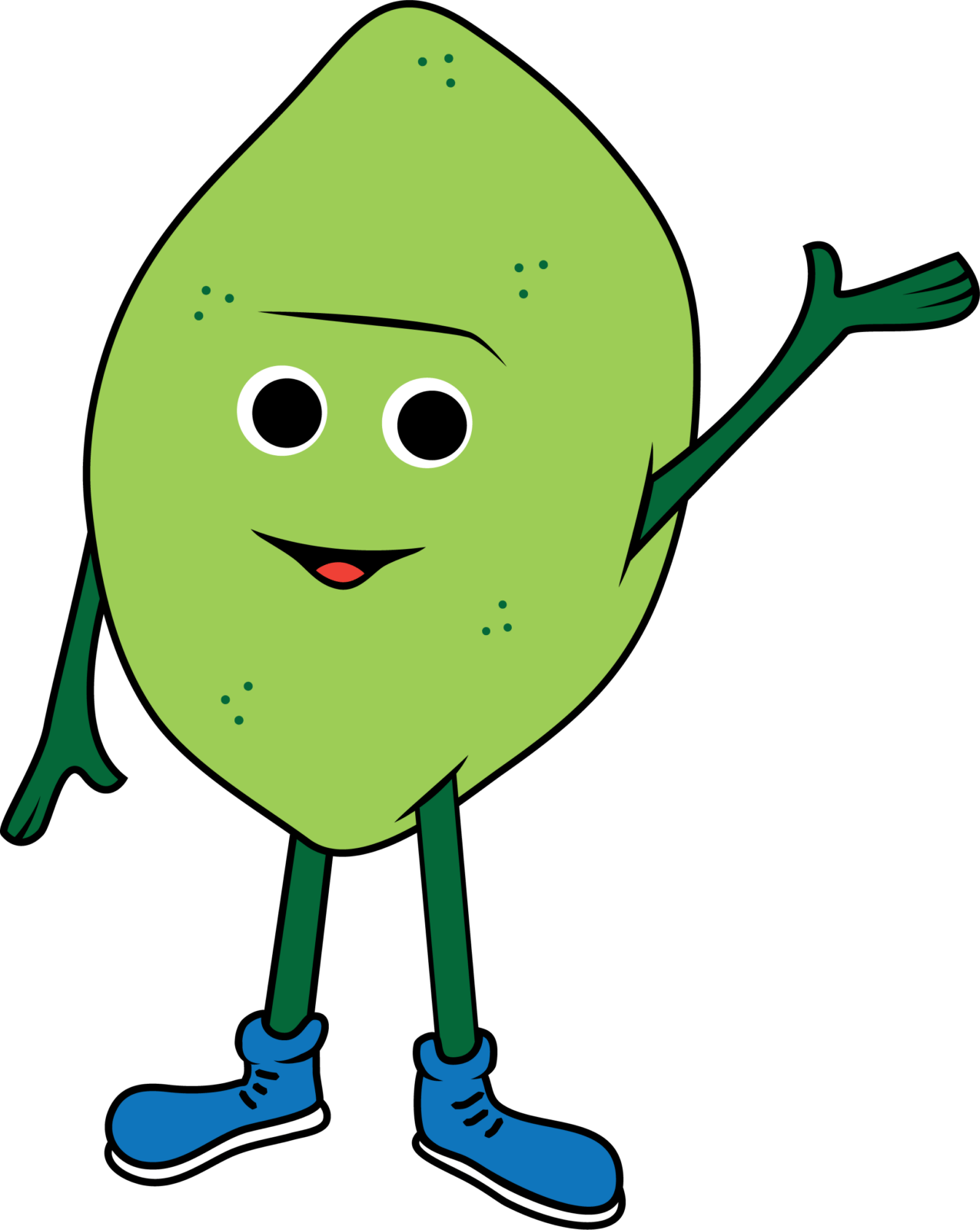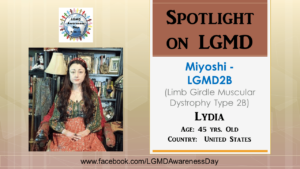INDIVIDUAL WITH LGMD: Lydia
NAME: Lydia
Age: 45
COUNTRY: United States
LGMD SUB-TYPE: LGMD2B / Miyoshi
AT WHAT AGE WERE YOU DIAGNOSED: 41
WHAT WERE YOUR FIRST SYMPTOMS:
My first symptoms included: knees popping out of place, leg, foot, chest, neck, and arm pain, falling, lethargy, strange duck-waddle gait.
DO YOU HAVE OTHER FAMILY MEMBERS WHO HAVE LGMD:
No
WHAT DO YOU FIND TO BE THE GREATEST CHALLENGES IN LIVING WITH LGMD:
The progressive nature of the condition is frightening. The lethargy LGMD causes is debilitating as well. In addition to the condition, I find the lack of accessibility and social attitudes toward disabled people as very limiting.
WHAT IS YOUR GREATEST ACCOMPLISHMENT:
This is a hard one. Managing to work, care for small children and a mother with dementia and my elderly father (along with the assistance of my siblings), and earning a Bachelor’s of Social Work. Looking back, I am amazed that I was able to do it all.
HOW HAS LGMD INFLUENCED YOU INTO BECOMING THE PERSON YOU ARE TODAY:
It has increased my empathy toward others and has been the impetus for my development of a disability consciousness.
WHAT DO YOU WANT THE WORLD TO KNOW ABOUT LGMD:
Firstly, that they know about it at all. Even most medical professionals are unaware of this condition.
Secondly, it is progressive and debilitating.
Thirdly, I feel fairly safe in saying that most of us who have it would prefer otherwise, which is why research and public awareness are so vital.
Fourthly, and this is an example, recently in one of our online groups, people with my condition were discussing the five things that they would like to do if cured. Things such as holding their children and giving loved-ones hugs. This is the pernicious reality of LGMD.
IF YOUR LGMD COULD BE “CURED” TOMORROW, WHAT WOULD BE THE FIRST THING THAT YOU WOULD WANT TO DO:
I would love to be able to go on a hike in a wooded area with my family.








